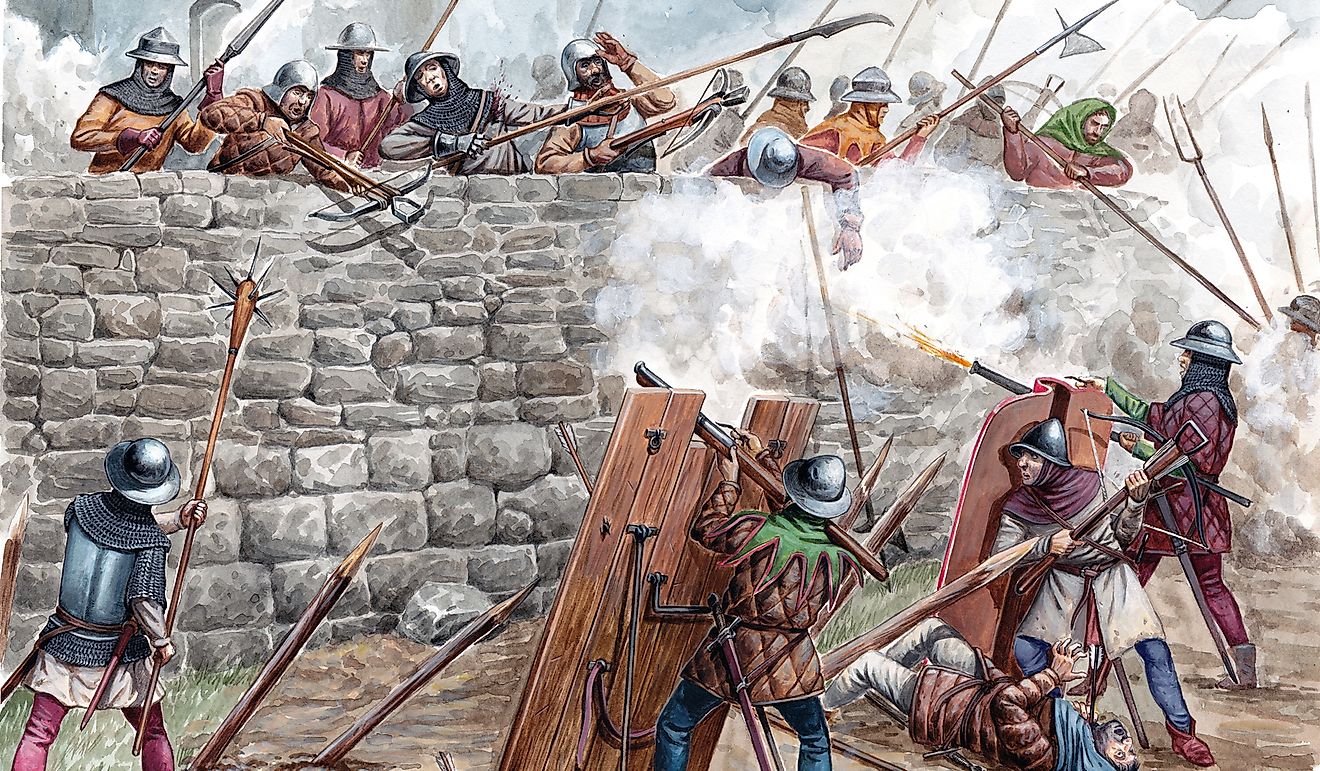Who Were The Hussites?

The Hussites were a religious movement that was based on the ideas of Jan Hus in 15th century Bohemia. His death and the events that followed it sparked the Czech people for cultural and religious revolutions. The death of Jan Hus was also the trigger for the bloodshed known as the Hussite Wars (1419 - 1434).
Why Was Jan Hus So Important?
Jan Hus (1369–1415) was a Czech priest who was working closely with the Queen of Bohemia as he became the dean of Prague's theological faculty. At the same time, he advocated and lived by the old Scriptures principles he was familiar with. That meant Hus lived in poverty, despite his professor's status and connections with the Queen. In Bohemia, he was seen as a patriot, as he publicly protested against the Church tradition and the immorality it had embraced.
Hus was also responsible for translating the Scriptures, and he is seen as one of the reformators of the Czech language. He was the one fighting for the Czech people's right to use their own language, and it did not come as a surprise; his popularity grew fast.
Emperor Sigismund and the Council of Constance called for Jan Hus to join them in 1414, promising he will be safe. That promise proved to be false, as the Council and the Emperor found Hus guilty of heresy and burned him alive on July 6, 1415, together with his teachings.
Nation-wide Upset
After the people of Bohemia heard about what happened to Hus, it led to a massive disturbance in the whole country. Even the higher class parts of society protested against his killing, and the nobility, together with knights, started offering protection to people who were of different religious beliefs.
These events gave rise to the Czech national identity since they unified in the feeling that the death of Hus was a criminal act that had to be punished. Revolt against the higher Church orders just burst, and even the archbishop of Prague had to flee the town to escape the outraged mass of people.
The Hussites so became the most influential force to provoke changes in Bohemia, as they split into two fractions. The first one was called Utraquists, and the other one Taborists. The Taborists were the extreme part of the now broken Hussite movement. They would later be the leaders of a new bloody event that came soon.
The Hussite Wars
After the King of Bohemia, Wenceslaus, died in 1419, the Hussite national movement spread throughout the whole country. The moderate Hussites, the Utraquists, eventually agreed to only part of the changes the movement brought up and rejoined the higher orders of the Catholic Church. On the other hand, the radical Hussites, the Taborists, already started destroying churches across Bohemia and seizing the Church property. King Sigismund answered this with the use of force, and so the Hussite Wars were started. Even Pope Martin V, addressed all Christians of the West to battle against the Hussites, beginning a bloody crusade that left the Bohemian land completely devastated.
The Hussite movement was defeated by Utraquists fraction, and they had to surrender to the authority of the Roman Catholic Church, which allowed them to practice only a mild variation of their beliefs.











